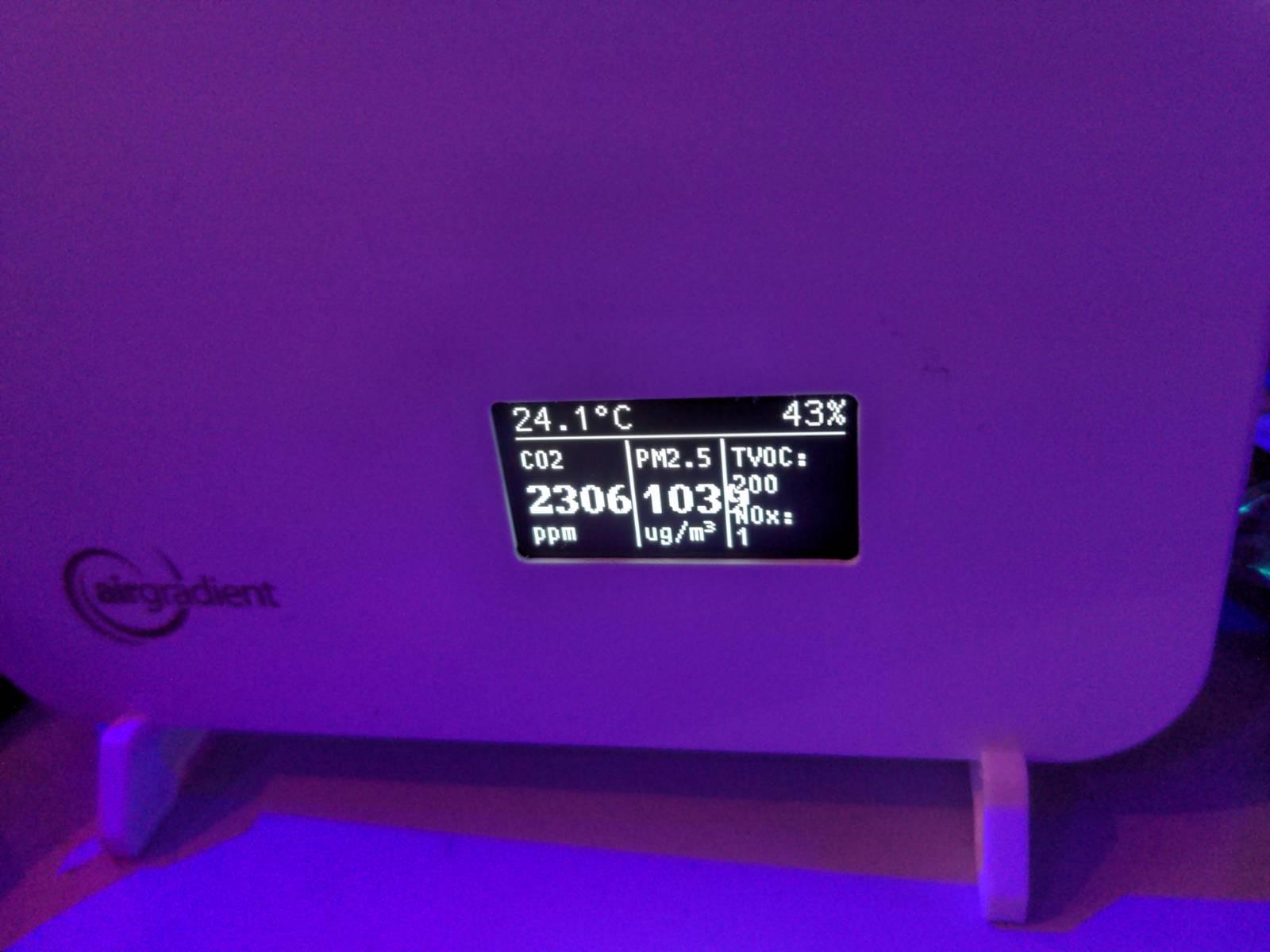Does anybody know of any academic literature around the medium-term (10 hours a day for 5 days) exposure to smoke machines?
-
Does anybody know of any academic literature around the medium-term (10 hours a day for 5 days) exposure to smoke machines?
The best thing I can find is literature around accumulated exposure around vapes, and this isn't really a fair comparison as people typically don't vape via their noses
I'm mostly asking because it turns out that I get a very slow running nosebleed around these things, it's not really an issue but I know other friends where who get much bigger problems
(For what it's worth, I realise it's not just a #38c3 smoke machine thing, I've never managed to figure out what causes these very slow nose bleeds until just the last few days, but the last 10 years of these now make sense with this context)
-
@benjojo why yes, I just happen to have this lying around
https://drive.google.com/file/d/1Emxe-j5EcuvW9Us2Z-NKxwpt7J3R6PMn/view?usp=drive_link"HEALTH EFFECTS
EVALUATION OF THEATRICAL
SMOKE, HAZE, AND PYROTECHNICS"Page 170 for the conclusions.
-
@dee Interseting! at a glance looks like what I want, will have to sit down for the 180 page adventure
-
@benjojo I only just found this, but my read on it is that "within safe levels, little to no effect".
but assuming safe levels is to assume a controlled environment and experienced stage technicians... which is unlikely to be the kinds of environment that you're experiencing smoke in.
another "bet you didn't know this about me" is that I did stage technician stuff for sound and lighting throughout the 1990s off and on... and I used to experience the worst hayfever symptoms immediately after leaving closed areas where we'd used lots of smoke machines (i.e. daytime rehearsals, and then pop outside to the only green space in the Summer). the older tech claimed that the smoke caused a reaction in the air passages like an irritant and that created a temporary far higher sensitivity to any other conditions.
my bet is more the anecdotal thing I experienced than this large academic doc.
-
@dee @benjojo the smoke in the entrance area was not very thick, it was more of a consistent haze to make the light show visible. In Halle H it was a light haze, likely because lasers needs less smoke. No idea what's defined as industry standard, but it was not _that_ much. It was longer than a night out though.
-
We were measuring air quality and was also asking the same question at our habitat.
Links from what someone gathered in the signal group we have.
https://pubmed.ncbi.nlm.nih.gov/36168228/
Effects of theatrical smokes and fogs on respiratory health in the entertainment industry - PubMed
Mineral oil- and glycol-based fogs are associated with acute and chronic adverse effects on respiratory health among employees. Reducing exposure, through controls, substitution, and elimination where possible, is likely to reduce these effects.

PubMed (pubmed.ncbi.nlm.nih.gov)
-
Morten Linderudreplied to Richard "RichiH" Hartmann last edited by
-
-
@Foxboron 2300ppm PM2.5 or something else?
-
Morten Linderudreplied to benjojo last edited by [email protected]
@benjojo
C02, PM 2.5 said 1039 ug/m3
-
@benjojo Vape fluid tends to be a little different from fog fluid too (hazers tend to be 100% glycrerin, vapes mix that with some propylene glycol)
also i doubt CCC were using them but some hazers (primarily DF50s) are oil crackers
-
@benjojo (the DF50 produces a fantastically beautiful fine haze and also over a long time makes everything sticky in that way that anything kept in a kitchen becomes sticky)
-
Richard "RichiH" Hartmannreplied to Morten Linderud last edited by
